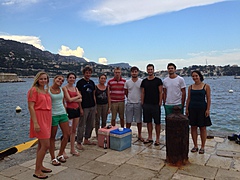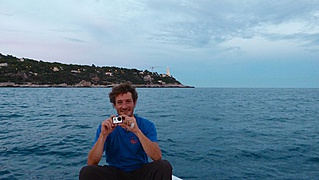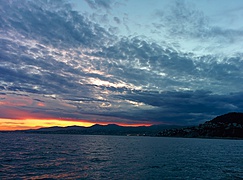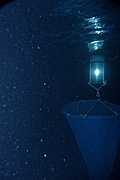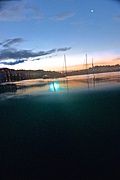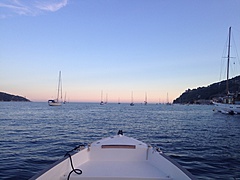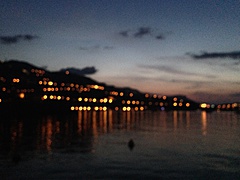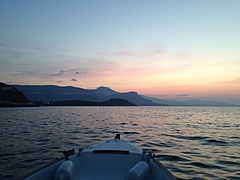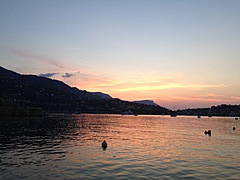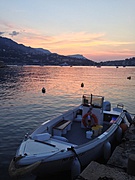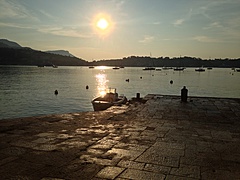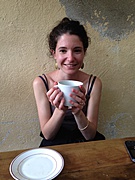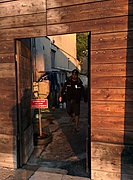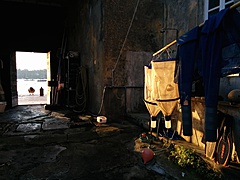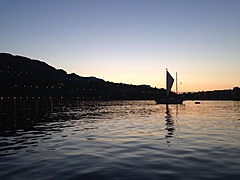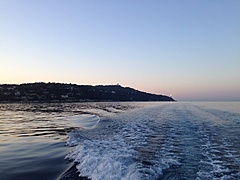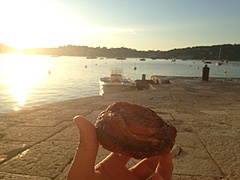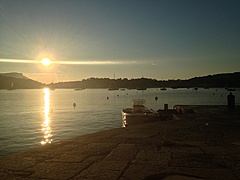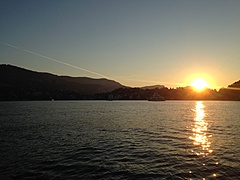The 24/7 fish larvae week
by Jean-Olivier Irisson and Robin Faillettaz, on
Most coastal fish larvae recruit (i.e. come back from the ocean to the coast) during the night. We took advantage of this to collect them using light traps (they are attracted by light at night) and study them the next day. We observed that they seem to arrive in localised pulses, because different traps would collect very different amounts of fish larvae during the same night. Robin Faillettaz' thesis committee, including Claire Paris from RSMAS, suggested that we look more into this, to confirm or infirm the existence of such pulses. If larvae indeed travel in patches, that has important consequences for their orientation (organisms orient better when in groups), survival (survival probability of each individual is increased in a group), advection by currents (local phenomena would affect the whole group) etc. All questions we are very interested in to understand the physical-biological interactions occurring during the larval stage of fishes.
To detect such pulses, we decided to survey the recruitment of fish larvae at night every 40 min, for a week, prior to the new moon, when most recruitment occurs. But, we also needed to continue our daytime observations of behaviour (orientation and swimming abilities) because it was the last opportunity to get data on the species we were currently studying: the damsel fish Chromis chromis. This species is very interesting because it is very abundant in the Mediterranean and damselfishes are widespread geographically and common where they are present. It therefore provides opportunities for comparison with other ecosystems, in particular the tropical systems studied at RSMAS.
So we assembled a team of researchers and students from the Observatory of Villefranche to achieve the 24/7 sampling effort we needed. We surveyed fish recruitment for seven nights in a row, measured the swimming speed of about 20 damselfish larvae and deployed 40 more in the DISC. We did not get as many fish larvae as we expected but only time will tell what we will be able to do with this data.
The nights were long but the rewards of the sunset and sunrise over the bay of Villefranche made up for the cold, wet hours in between. On the plus side, we all know more about the star constellations visible this time of year! The day-time activities allowed us to complete our dataset for Chromis chromis, now we just need to proceed with the analysis.
We owe a big thank you to all the volunteers who helped us: Mégane Tetaz, Laurent Gilletta, Léo Lacour, Sakina Ayata, Federica Ferrando, Morgane Maillard, Fabio Benedetti, Hubert Bonnefond, and Cécile Guieu. Here are a few pictures taken during this very intense week.
